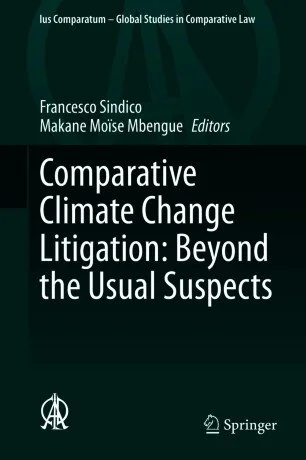Law & Governance
Indian Environmental Law: Key Concepts and Principles, edited by CPR’s Shibani Ghosh, provides a critical analysis of the evolution of the environmental legal framework in India.
The OM if implemented by the MOEFCC would not only have adverse consequences on the effective functioning of the SEIAAs as environmental regulatory bodies but also on the life and livelihood of people and the surrounding ecology.
The Ministry’s new Standard Operating Procedure (SoP) for ‘identification and handling of violation cases’ under the EIA Notification 2006 will further undermine our weak environmental regulatory framework, and should be withdrawn by the Ministry immediately.
Forty years ago, India passed the Air Act, 1981- the first central legislation to tackle the air pollution crisis. What has it accomplished over the last four decades? Does the Air Act have enough teeth to deal with the crisis?
In a recently edited volume entitled Comparative Climate Change Litigation: Beyond the Usual Suspects, Shibani Ghosh authors a chapter where she reviews the potential hooks in the legal and regulatory framework for climate litigation in India.
Highlights from the Global Climate Litigation Report released by UNEP, which showed increase in prevalence and success of climate-related cases around the world in the last three years.
There is a crying need to overhaul the environmental clearance system. But the Ministry’s proposal fails to acknowledge the grave ecological crises that the country is facing.








Besides pointing to a climate conservative judicial role, this judgment is a grim reminder of the fact that the efficacy of climate action is determined by far more than the climate ambition of the Executive, but remains contingent on the interplay of different organs of the State.